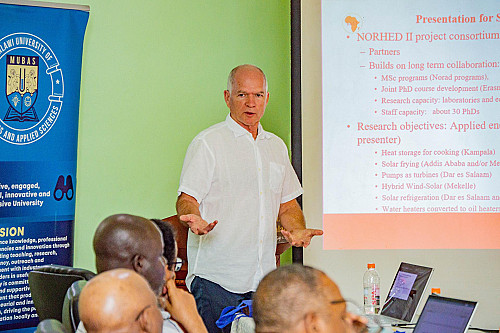News

Liwonde National Park covers only 220 square miles (580 square km). It is about 100 miles (160 km) north of Blantyre. Additionally, game viewing is enhanced because the River Shire flows along its western border, allowing boat safaris as well as the usual ones on foot or in 4x4s.
According to the Dean of Faculty Ishmael Kosamu, the aim of the trip was to appreciate how the national park has survived the level of environmental degradation over the years.
“Liwonde has been intact in the types of trees and animal species it has maintained over the years,” Kosamu Said.
Kosamu further explained that the students had the chance to comprehend different species of wild animals found in the park for it is a natural habitat for more than fifteen wild animals.
A final year Environmental Science and Technology student, Edna Ibrahim explained that she has benefitted both socially and academically.
“I was privileged to view different species of animals like the Elephant, Antelope, Hippo and many more, which I have never seen before,” Ibrahim said.
Ibrahim further elaborated that she has seen and learned about the Amalura tree and the Sausage tree (Mvunguti) which is used to make Amalura wine and natural medicine for curing various diseases, respectively.
“This is the first time Environmental Health and Environmental Science and Technology students have gone on a trip together, promoting social interaction amongst us,” She added.
Some of the common bird species found around Liwonde include Alcedo cristata (Malachite Kingfisher) Anaplectes rubriceps (Red-headed Weaver) Ploceus cucullatus (Village Weaver) Tringa totanus (Common Redshank) Tringa nebularia (Common Greenshank and many more.









